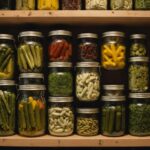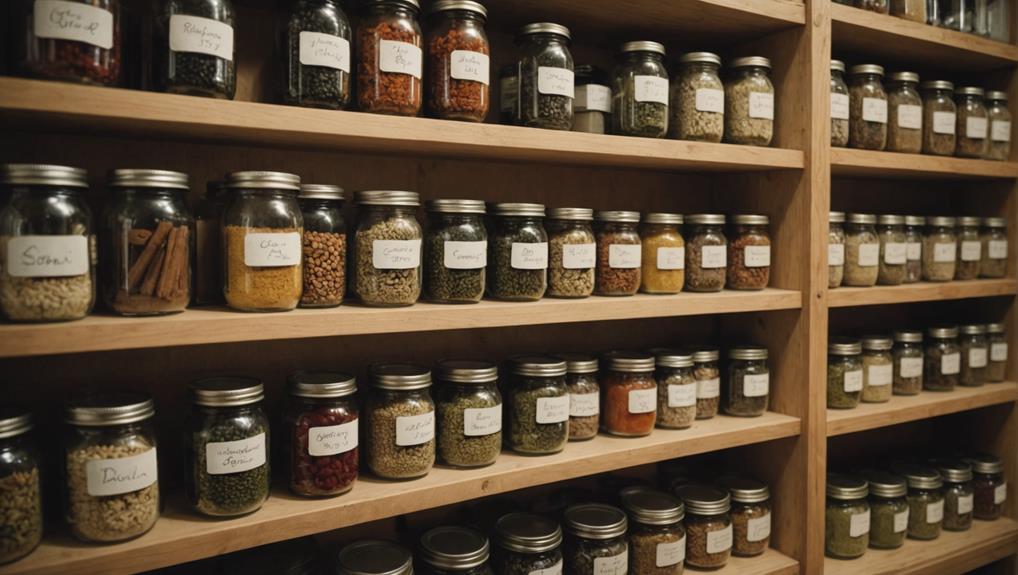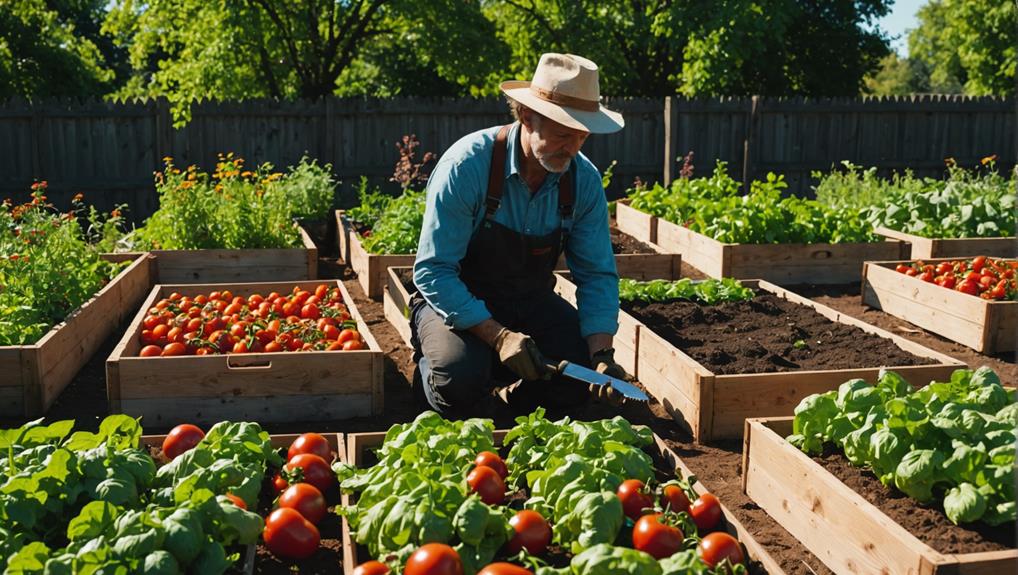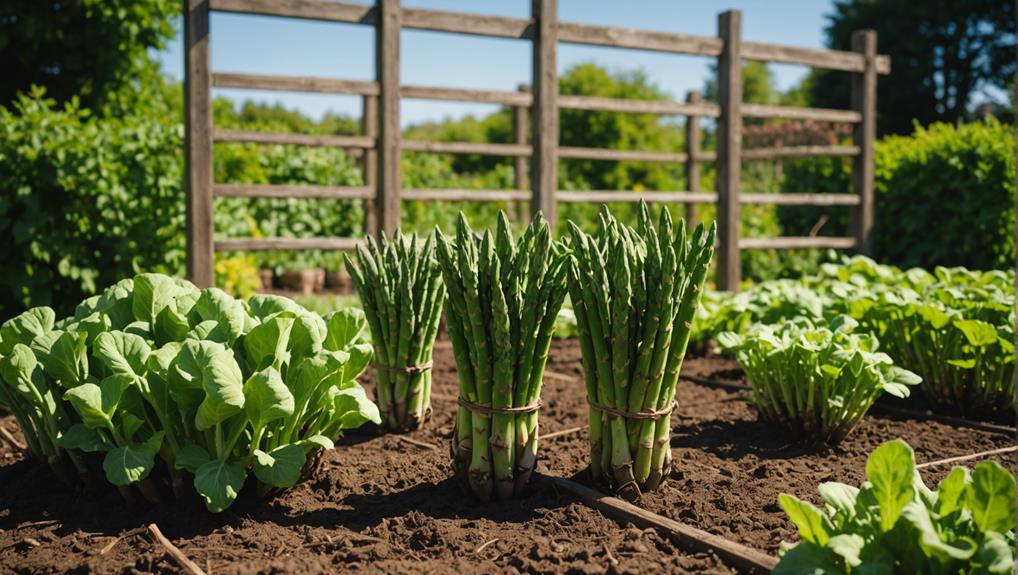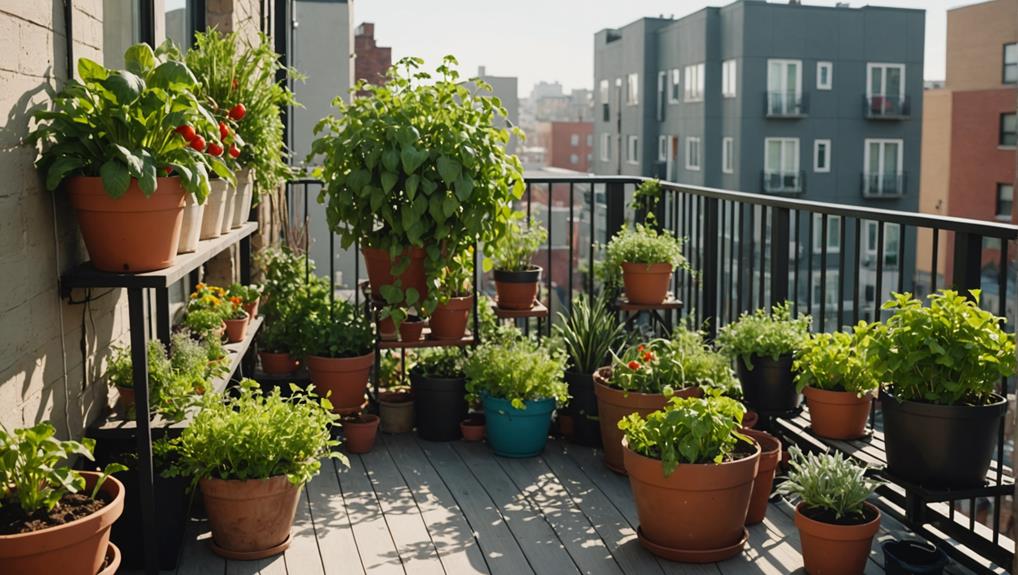As an Amazon Associate I earn from qualifying purchases.
When you're preparing for emergencies, understanding food expiration and shelf life becomes essential. You might think those 'sell by,' 'best by,' and 'use by' dates are straightforward, but they often cause unnecessary waste and confusion. By mastering proper storage techniques like using airtight containers and maintaining the right environment, you can considerably extend the usability of your supplies. And it's not just about storing food correctly; knowing how to manage your inventory and recognize spoilage signs guarantees your stockpile remains safe and effective. But what happens when you encounter expired items?
Understanding Expiration Dates
When you're checking food labels, understanding the different types of expiration dates can help you make smarter choices and reduce waste. Expiration dates are vital for determining the shelf life and safety of food items. Knowing what each term means can greatly impact your food safety and long-term food planning.
A Sell By date tells stores how long to display the product for sale. It doesn't necessarily mean the food is unsafe after this date.
On the other hand, a Best By date indicates when the product will be at its peak quality. Consuming food items past this date is generally safe, but they might not taste as good.
The Use By date is the manufacturer's recommendation for when the product will be at its best quality. However, it's not a strict safety deadline.
It's important to understand these terms to avoid unnecessary waste and make sure you're consuming safe, high-quality food. For long-term food storage, always check these dates, but remember that many items can be used beyond the printed dates if stored properly.
Essential Storage Techniques
To maximize the shelf life and safety of your food items, you should use airtight containers to prevent moisture and pest infiltration. Airtight storage containers are vital for reducing moisture content, which is essential for long-term food storage. By keeping moisture out, you help preserve the nutritional value of your stored goods, an important aspect of emergency preparedness.
Store your food in a cool, dark, and dry place. Temperature and light exposure can drastically affect the shelf life of your items. For example, canned goods should be kept in a dry place to avoid rust and degradation. Maintaining a stable, cool temperature helps uphold the integrity of both perishable and non-perishable items.
Label your containers clearly with contents and expiration dates. This helps you quickly identify what's inside and when it needs to be used by. Regularly inspect your food containers for signs of spoilage. By doing so, you can guarantee all items remain safe and usable, further contributing to your emergency preparedness.
Inventory Management
Effective inventory management guarantees you always know what supplies you have on hand and when they need to be used or replaced. Start by maintaining a detailed inventory spreadsheet that tracks item names, quantities, locations, and expiration dates. This system helps you manage your emergency food supply, making sure that dried fruits, canned foods, and freeze-dried foods are all accounted for and ready for use.
Regularly update your inventory to reflect what you've used and what you've replaced. Set reminders for periodic checks to confirm your items remain usable and to prevent waste. Sorting your supplies by usage rather than alphabetically can enhance accessibility, making it easier to find what you need quickly in an emergency.
Don't forget to include all items in your bug-out bags in your inventory. This makes sure you're thoroughly prepared and ready for unexpected situations. Conduct routine checks for expired or unusable items to maintain inventory accuracy. This practice will help you make sure your long term storage remains safe and effective.
Recognizing Spoilage Signs
Identifying spoilage signs in your food supplies is essential for ensuring their safety and edibility. One of the most obvious indicators is unpleasant odors. If you notice a sour, rancid, or otherwise off smell, it's a strong signal that the food is no longer safe to eat. This often points to bacterial growth or fermentation.
Discoloration is another clear sign of spoilage. Look for faded colors or dark spots, particularly on fruits and vegetables. These visual changes usually mean the item is past its prime.
Mold is also a major red flag. It appears as fuzzy or discolored patches and should never be ignored. Moldy food should be discarded immediately.
Unusual textures are subtle but important clues. If a food item feels slimy, mushy, or otherwise different from its original texture, it's likely gone bad. Pay close attention to these tactile changes when inspecting your supplies.
Even pets can help you identify food spoilage. If they refuse to eat something they usually enjoy, consider it a warning that the food mightn't be safe for consumption.
Always trust your senses and use these spoilage signs to keep your food supplies safe and edible.
Safe Disposal Practices
After recognizing signs of spoilage, it's important to know how to dispose of these items safely and responsibly. When food safety is in question, discard items showing spoilage or past their expiration dates. Consuming unsafe food can pose serious health risks.
Follow your local guidelines for food waste disposal. This guarantees that discarded food is handled in an environmentally responsible manner. Composting is a fantastic way to deal with organic waste. By composting food scraps, you're not only reducing your contribution to landfills but also creating nutrient-rich soil for gardening.
However, some items, like expired medications or certain food products, are hazardous and must be disposed of according to specific regulations. Improper disposal of hazardous items can lead to environmental damage and health risks.
Regularly check and update your inventory of food supplies. This aids you in identifying items that need to be disposed of promptly, maintaining a safe and organized storage system. By staying on top of your inventory, you can guarantee that you're not holding onto expired or spoiled items, thereby promoting a safer and more efficient prepper's pantry.
Conclusion
You've got the know-how to keep your food safe and extend its shelf life.
By understanding expiration dates, using proper storage techniques, managing your inventory, and recognizing spoilage signs, you'll guarantee your supplies are ready when you need them most.
Don't forget to dispose of spoiled items safely to maintain a healthy environment.
Stay prepared, minimize waste, and rest easy knowing you're ready for any emergency that comes your way.
As an Amazon Associate I earn from qualifying purchases.





